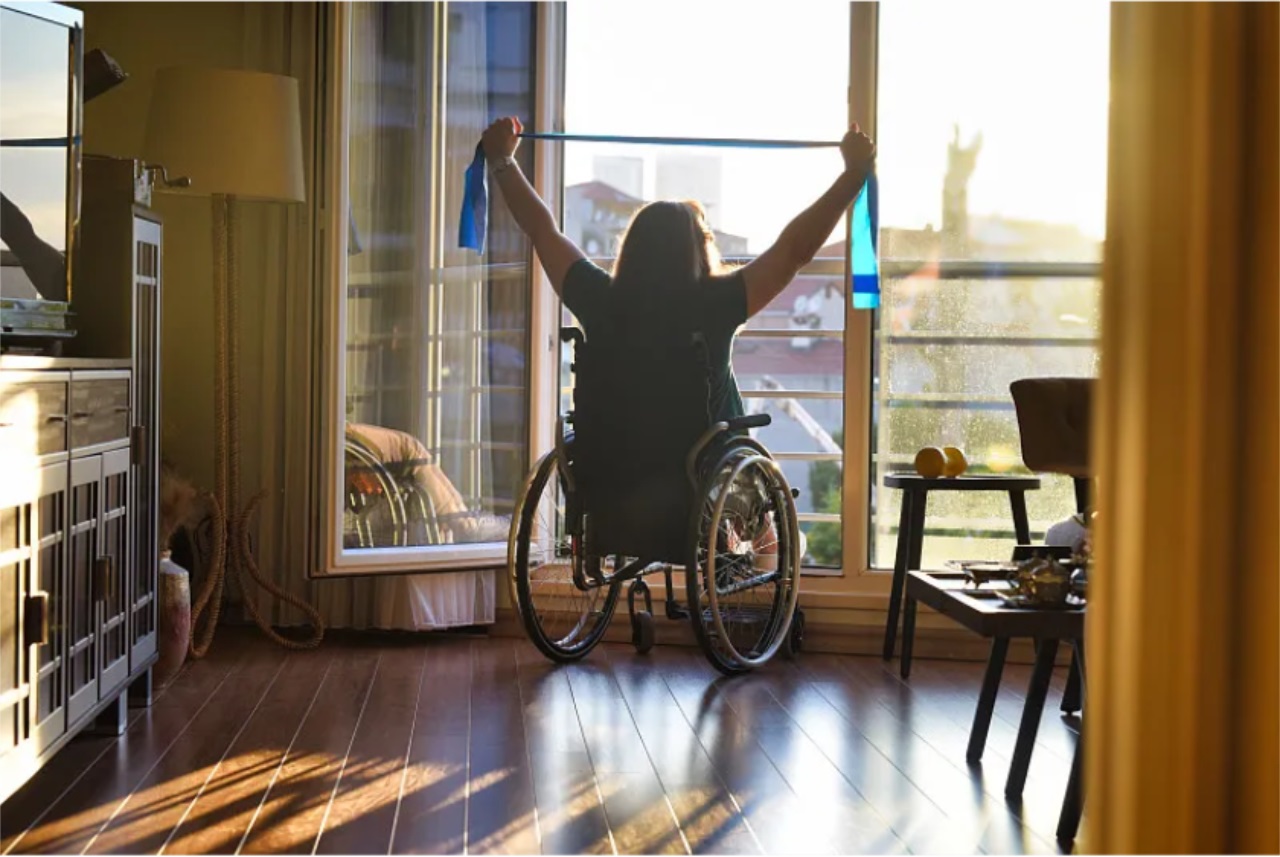What Piece of Equipment Is Used to Transfer a Patient From a Bed to a Chair?
The Challenge of Patient Transfers
Transferring a patient from a bed to a chair is a task fraught with challenges. For the elderly, especially those with mobility issues, joint pain, or muscle weakness, this seemingly simple act can be a source of great discomfort and even danger. The risk of falls, injuries, and the strain on both the patient and the caregiver are significant concerns. Traditional methods often involve manual lifting, which not only puts the patient at risk but also exposes caregivers to the possibility of back injuries and other work - related hazards.
Introducing the Electric Transfer Chair
The electric transfer chair, also known as a patient transfer chair or simply a transfer chair, is a marvel of modern engineering designed to address these challenges head - on. These chairs are equipped with advanced electric motors and control systems that enable smooth, controlled movements. They can be adjusted to various positions, making it easy to transfer a patient from a lying position in bed to a seated position in the chair and vice versa.

Key Features of Electric Transfer Chairs
Adjustable Positions: The chairs can be tilted and reclined to different angles, ensuring that the patient is always in a comfortable and secure position during the transfer process. This feature is particularly beneficial for patients with limited mobility or those recovering from surgery.
Electric Motor: The heart of the electric transfer chair is its powerful yet quiet electric motor. This motor powers the chair's movements, providing a smooth and effortless transfer experience. It eliminates the need for manual lifting, reducing the risk of injuries for both the patient and the caregiver.
Safety Features: Modern electric transfer chairs come with a host of safety features. These include safety belts to secure the patient during transfers, anti - tip mechanisms to prevent the chair from overturning, and emergency stop buttons that allow the caregiver to halt the chair's movement instantly in case of an emergency.
The Benefits of Using an Electric Transfer Chair
The advantages of using an electric transfer chair are manifold, impacting not only the physical well - being of the patient but also the emotional and psychological state of both the patient and the caregiver.
For Patients
Enhanced Comfort: The adjustable positions of the electric transfer chair allow patients to maintain a comfortable posture throughout the transfer process. This reduces the discomfort associated with manual lifting and helps to alleviate pain in joints and muscles.
Increased Independence: For many elderly individuals, the ability to move from bed to chair with minimal assistance can be a significant boost to their sense of independence. Electric transfer chairs empower patients to take control of their mobility, even if only to a limited extent, which can have a profound impact on their mental well - being.
Reduced Risk of Falls and Injuries: Falls are a leading cause of injury among the elderly. By providing a stable and controlled means of transfer, electric transfer chairs significantly reduce the risk of falls and associated injuries. This not only benefits the patient's physical health but also alleviates the fear and anxiety that often accompany the risk of falling.
For Caregivers
Ergonomic Benefits: Caregiving is a physically demanding job, and manual patient transfers are one of the primary causes of work - related injuries among caregivers. Electric transfer chairs eliminate the need for manual lifting, reducing the strain on caregivers' backs and muscles. This not only improves the caregiver's physical health but also allows them to provide better care in the long run.
Time - Saving: Transferring a patient manually can be a time - consuming process, especially if the patient requires additional support and assistance. Electric transfer chairs streamline the transfer process, saving caregivers valuable time that can be better spent on other aspects of patient care.
Peace of Mind: Knowing that the patient is safely and securely transferred using a reliable piece of equipment gives caregivers peace of mind. They can focus on other tasks with the assurance that the transfer process is being handled effectively and safely.
The Impact on Elderly Care
The introduction of electric transfer chairs has had a transformative impact on elderly care. In care facilities, these chairs have become an essential part of the caregiving toolkit, enabling staff to provide more efficient and compassionate care. They have also played a crucial role in reducing staff injuries, which is a significant concern in the healthcare industry.
In home care settings, electric transfer chairs have been a lifeline for families caring for elderly relatives. They have made it possible for family members to provide care without putting their own health at risk. Moreover, the increased independence that these chairs offer to patients has had a positive ripple effect on family dynamics, fostering a sense of empowerment and dignity among the elderly.
The Future of Electric Transfer Chairs
As technology continues to advance, the future of electric transfer chairs looks promising. Innovations such as smart sensors that can detect the patient's position and adjust the chair accordingly, integration with home automation systems for seamless control, and even more advanced safety features are on the horizon. These advancements will further enhance the capabilities of electric transfer chairs, making them even more effective tools in the realm of elderly care.




